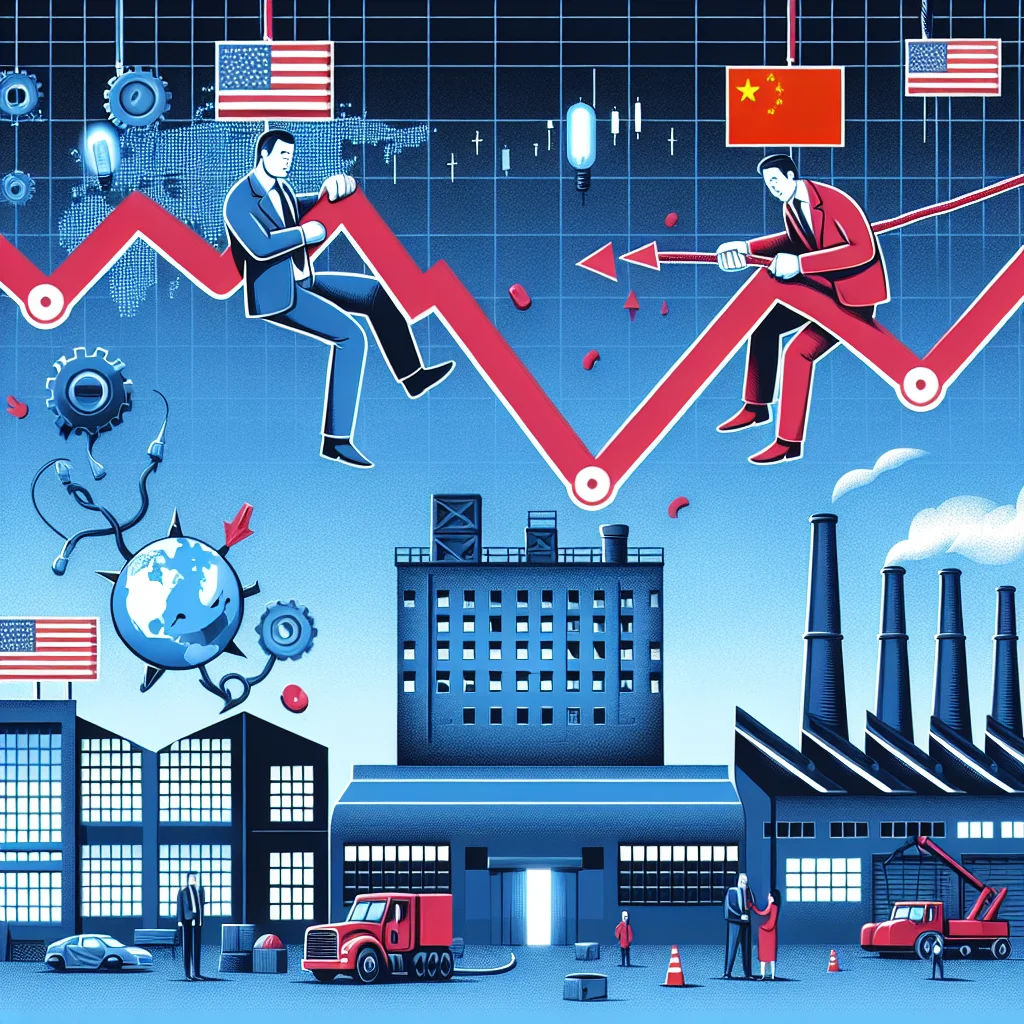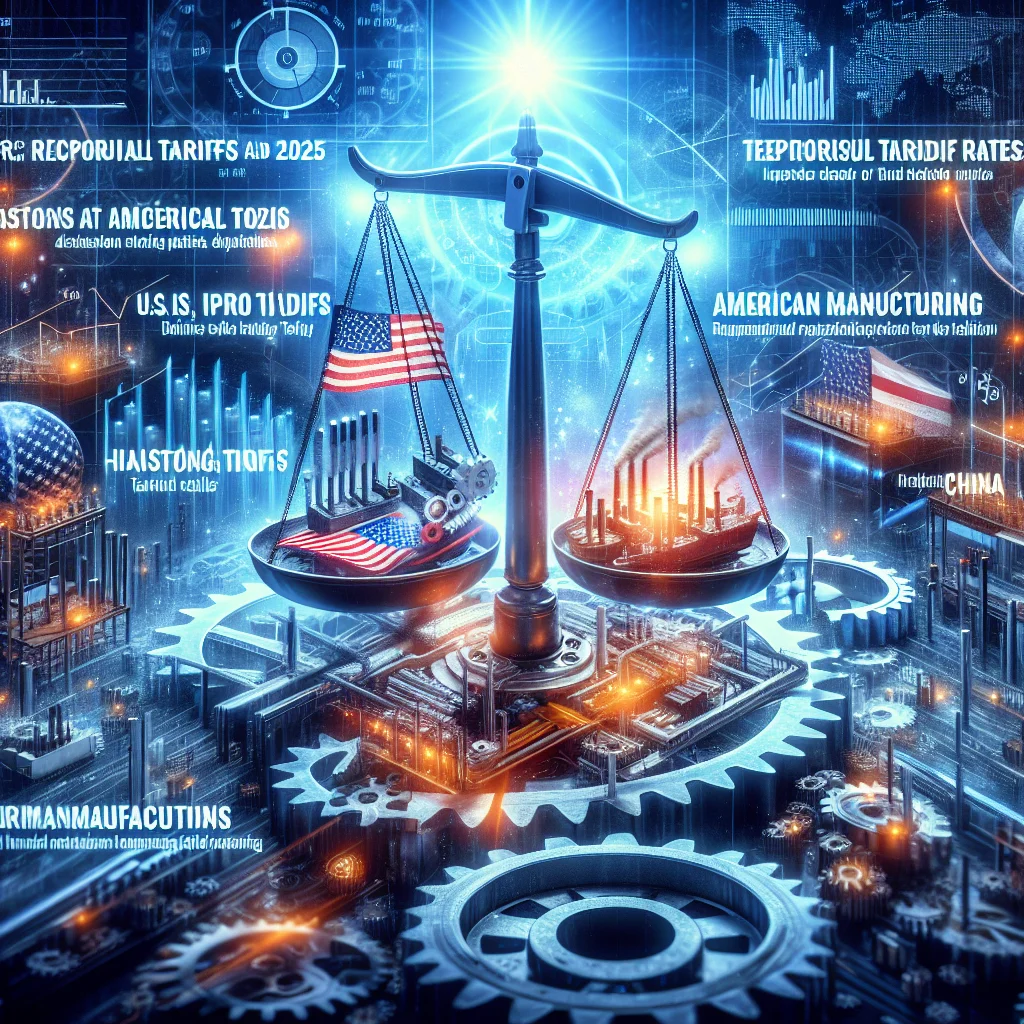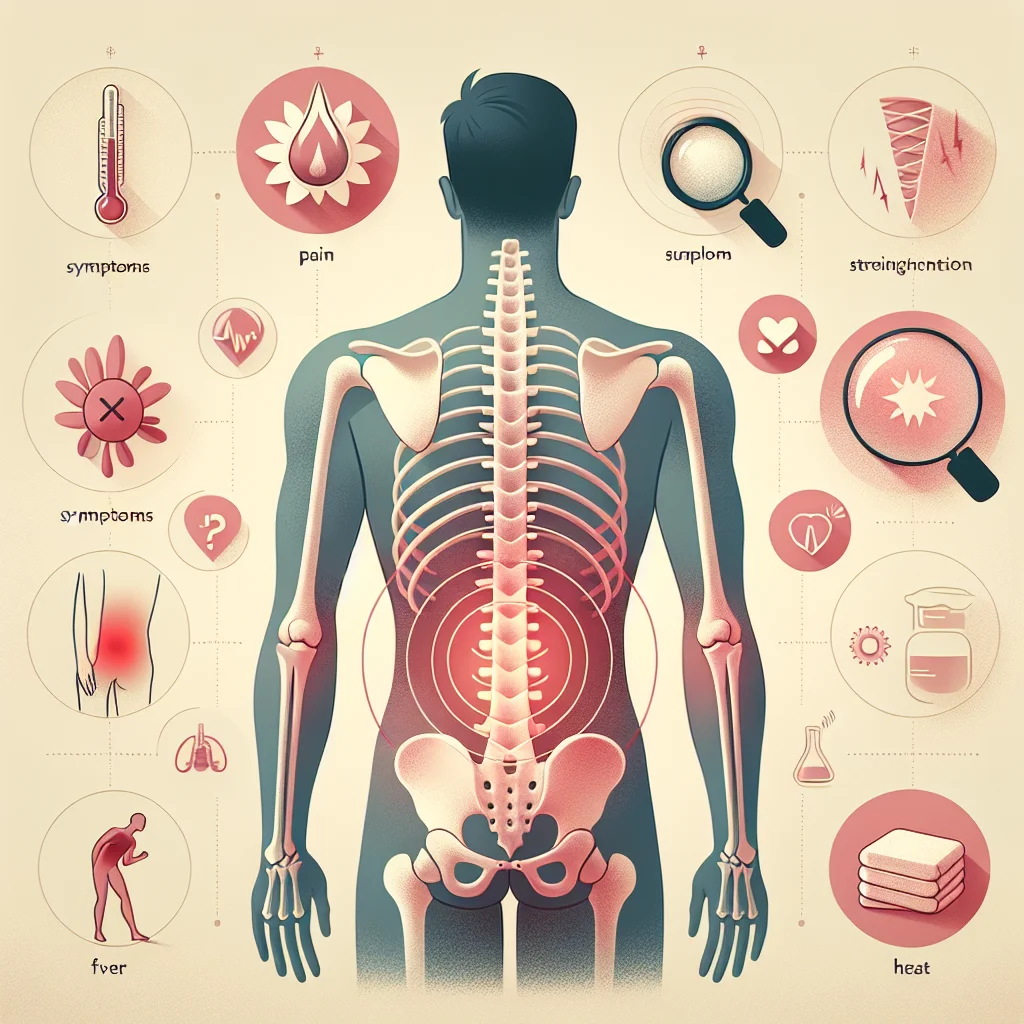
White House Announces Broad Tariff Expansion
WASHINGTON, D.C. – July 12, 2025 – The Trump administration has escalated the ongoing global trade conflict by imposing a sweeping 30% tariff on a wide range of imports from the European Union and Mexico. The move, announced late Friday, marks the most significant expansion of U.S. tariffs since President Donald Trump returned to office in January.
Details of the Tariff Measures
The new tariffs, effective immediately, target automobiles, agricultural products, steel, machinery, and consumer electronics. According to the U.S. Trade Representative, the decision comes after months of stalled negotiations over what the administration claims are "unfair trade practices" and "persistent trade imbalances" with key partners.
- Automobiles: All passenger and commercial vehicles imported from the EU and Mexico will now face a 30% duty.
- Agricultural Products: Key exports like dairy, wine, and fresh produce are included in the tariff list.
- Industrial Goods: Steel, aluminum, and machinery are subject to the new tariff rates, potentially raising costs for U.S. manufacturers.
EU and Mexico Signal Retaliation
European and Mexican officials quickly condemned the tariffs, vowing coordinated retaliatory measures. The European Commission called the move "unjustified and damaging," and indicated it will file a formal complaint with the World Trade Organization (WTO). Mexico’s Ministry of Economy signaled its intention to impose reciprocal tariffs on American agricultural and industrial goods.
Economic and Political Repercussions
Analysts warn that the tariff escalation could disrupt global supply chains and add to inflationary pressures in the U.S. and abroad. The Dow Jones Industrial Average fell more than 600 points in after-hours trading, reflecting concerns about rising consumer prices and weakened international trade.
Major U.S. industry groups, including the National Association of Manufacturers and the American Automotive Policy Council, urged the administration to reconsider, citing the risk of job losses and reduced competitiveness.
Background: Trade Policy Shifts in 2025
Since his return to the White House, President Trump has prioritized renegotiating trade relationships and reducing the U.S. trade deficit. Earlier this year, the administration imposed targeted tariffs on Chinese technology imports, triggering a wave of global responses. Trade talks with the EU and Mexico had been ongoing since March, but failed to yield an agreement.
With these new tariffs, the U.S. is entering its most confrontational trade posture in over a decade, raising uncertainty for businesses and consumers alike as the global economy faces renewed volatility.














